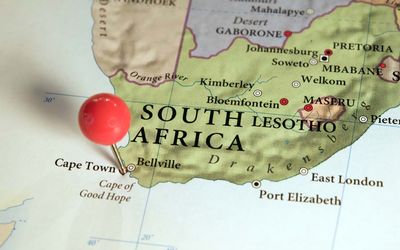IN July 1993, a year before the elections that elevated him to the presidency, Nelson Mandela outlined his plans for the South African economy to Fortune, the US business magazine. Below are extracts from the interview, as well as data showing whether Mandela’s dreams were realised.
On his plans for the economy:
“We should look into two areas: the development of a manufacturing base and the development of an infrastructure in the country. Our economy has underperformed since 1975. Growth has been less than the growth of the population.”
What the figures show:
World Bank statistics show manufacturing’s value-add, as a percentage of GDP, fluctuated between 20% and 23% from 1983 to 1996. There was a steady decline from the following year, settling at 12% in 2012.
Coenraad Bezuidenhout, executive director of the Manufacturing Circle, told Parliament last year that the decline could be attributed to electricity costs rocketing 170%. Prices in the Brics group had decreased more than 36% in the past 10 years.
“The South African domestic market is underprotected against unfairly incentivised imports, while China, India, Brazil and other countries offer much higher incentives and protection to their manufacturers,” he said.
Mandela’s infrastructure plans included building roads, schools, electricity and water supply networks in areas that lacked these. “Infrastructure would also include ambitious housing schemes, because millions of our people are without accommodation,” he told Fortune.
A 2012 study by the African Development Bank showed South Africa’s economic infrastructure investment peaked at 6.05% and 7.64% of GDP in 2008 and 2009, respectively, the highest economic infrastructure investment period after apartheid.
“For most part of the post-apartheid period, investment in economic infrastructure has been grossly neglected,” wrote Wolassa L Kumo, an economist at the bank.
“The average economic infrastructure investment as a percentage of GDP by the previous regime for the period 1960 to 1993 was 6.68%.”
However, the government’s national infrastructure plan, unveiled last year, will see projects worth R827bn over three years.
On unemployment:
“What we are primarily interested in is development that creates opportunities for employment, because 48% of our people are unemployed.
“And we are therefore very keen for foreign companies to invest in such a way that there will be a creation of jobs for our people, a generation of wealth.”
What the figures show:
The World Bank quantified unemployment at 20% of the total labour force in 1994, more than half of Mandela’s figure the previous year. In the 18 years since, it was at its lowest in his second year as president (16.9%), but rose to 24.7% in 2011.
On JSE share ownership, and the need for policies regulating competition:
“It is a matter of anxiety, or great concern, on our part that more than 86% of the shares on the JSE are owned and controlled by six conglomerates. We would like to prevent a situation where the market system is so severely curtailed.
“There should be competition. Our only interest is that there should be free competition ...”
What the figures show:
According to Who Owns Whom, Anglo American, Anglovaal, Liberty Investors, Rembrandt, SA Mutual Assurance (now Old Mutual) and Sanlam owned most of the shares on the JSE. Anglo American, Sanlam and SA Mutual alone controlled an “overwhelming” 75% of the bourse’s market capitalisation at the time.
“Today the three investment giants’ interests have slumped to below 25% of the JSE’s market capitalisation in the wake of unbundling strategies motivated by competition legislation, a quest for tighter focus, and the crusade by Robin McGregor of Who Owns Whom,” said the research organisation.
• This article was first published in Sunday Times: Business Times


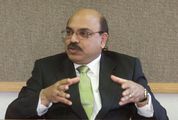
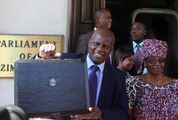
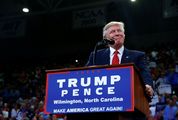
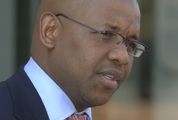


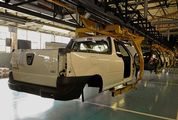

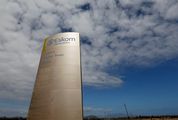
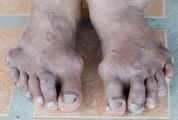
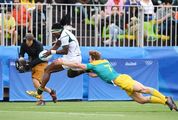


 News and views on the death, and life, of former president Nelson Mandela, with tributes and photographs
News and views on the death, and life, of former president Nelson Mandela, with tributes and photographs

